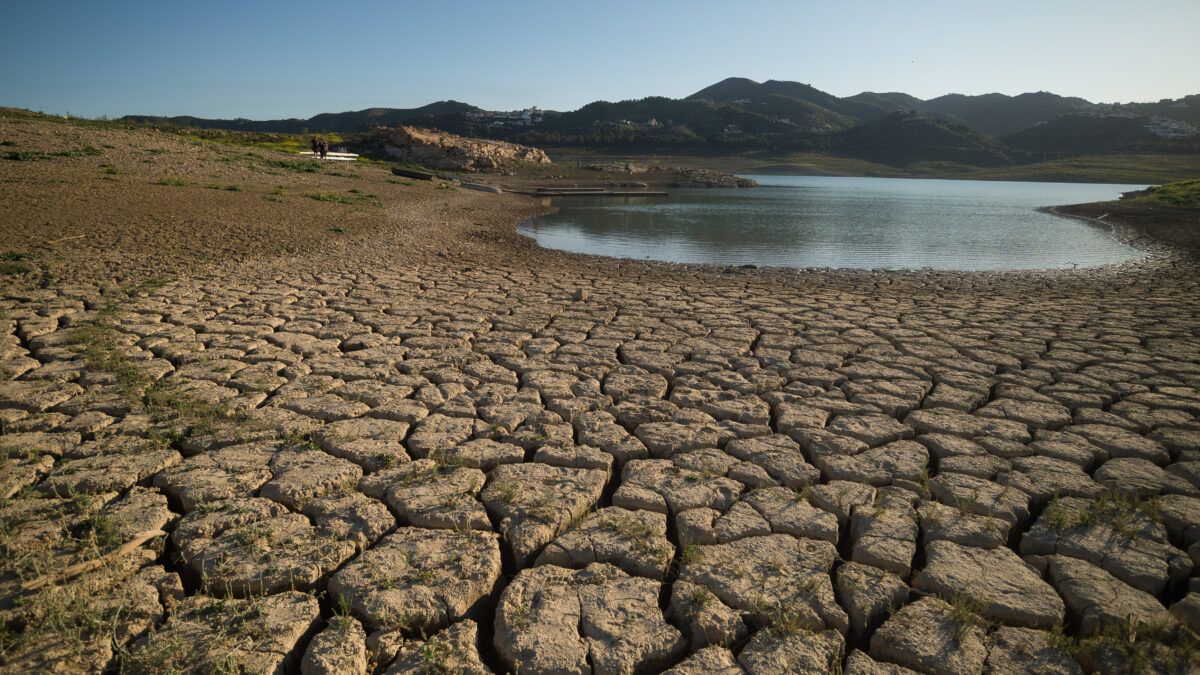The drought hits Andalusiawith an increasingly closer scenario of emergency and impacts on the population due to the lack of water in one of the regions with the greatest overexploitation of water at the national level.
Andalusia seeks solutions to the drought
Building infrastructure and transfers is a serious mistake to alleviate the drought in Andalusia
Likewise, in the face of political requests for new infrastructure, we consider it irresponsible to convey the message to society that the problems of lack of water supply in the coming months will be resolved with a water supply that would take between 2 and 5 years to materialize (for example, with new dams, desalination plants and transfers).
Furthermore, these measures, if they are really useful, must be included in the framework of hydrological planning (as some already are) to assess their economic viability, their impact on ecosystems, but also in the different territories that assume their consequences. negative, and give time to pass all the necessary evaluations in the face of such a large public investment with such significant effects.
We cannot expect the rains to solve our problems of overexploitation of water, nor can we continue with urgent measures to solve a structural problem in our management and use of water. It is not only the droughtit is the overexploitation and theft of water that has destroyed our water reserves and led us to collective water suicide.

